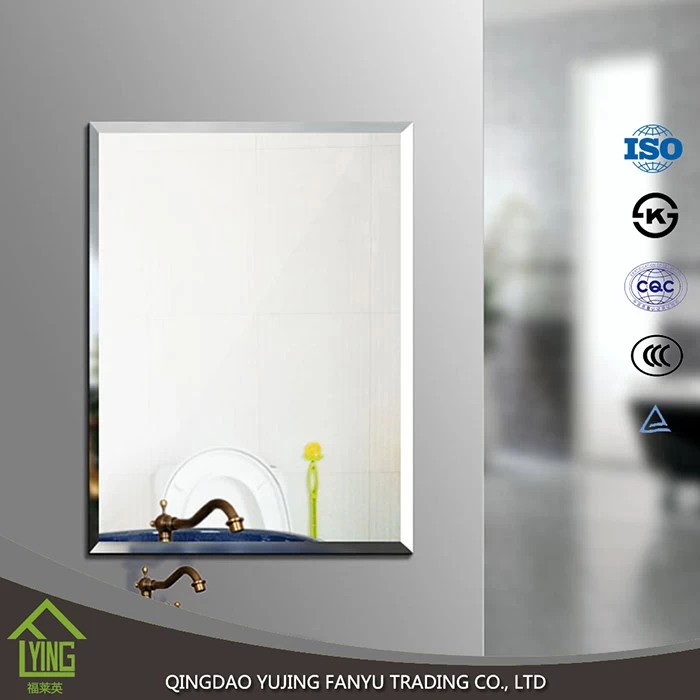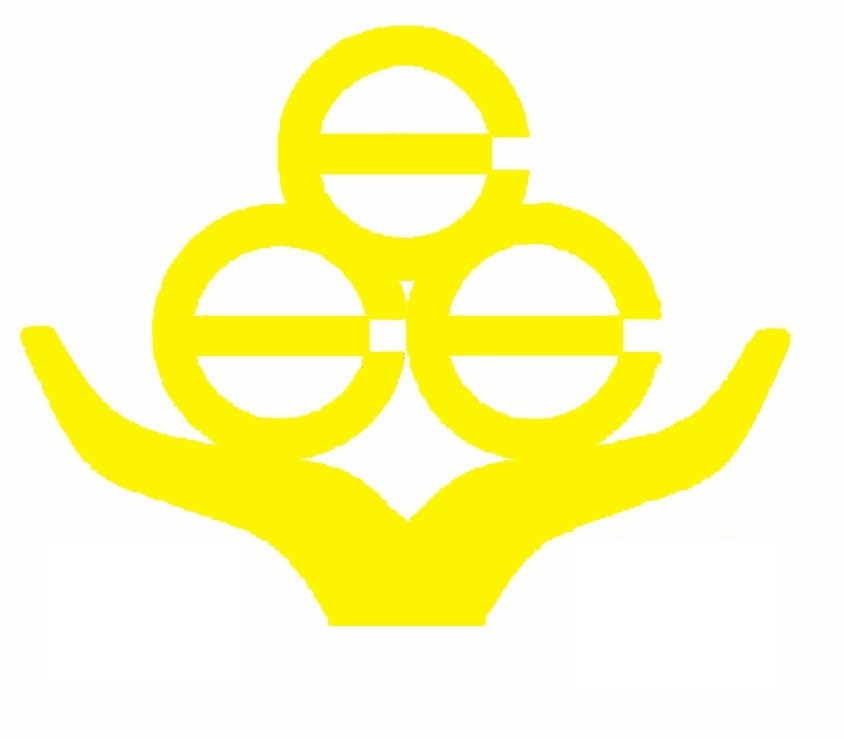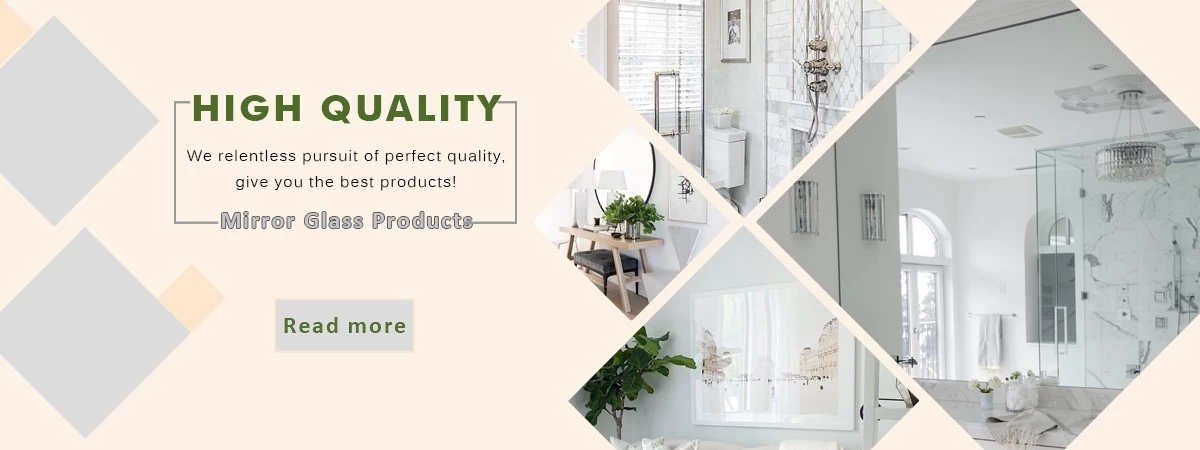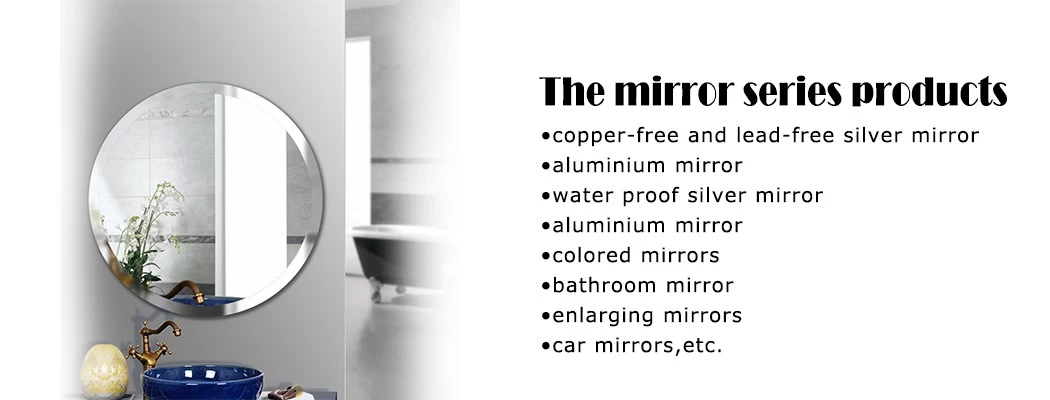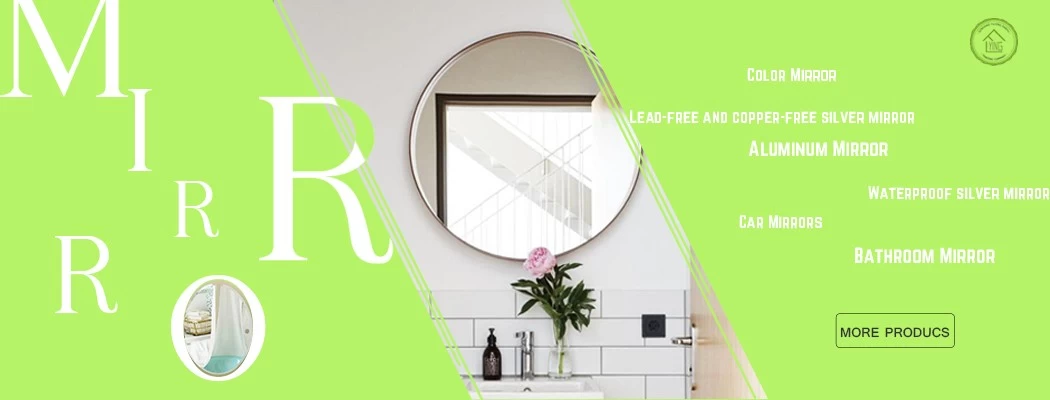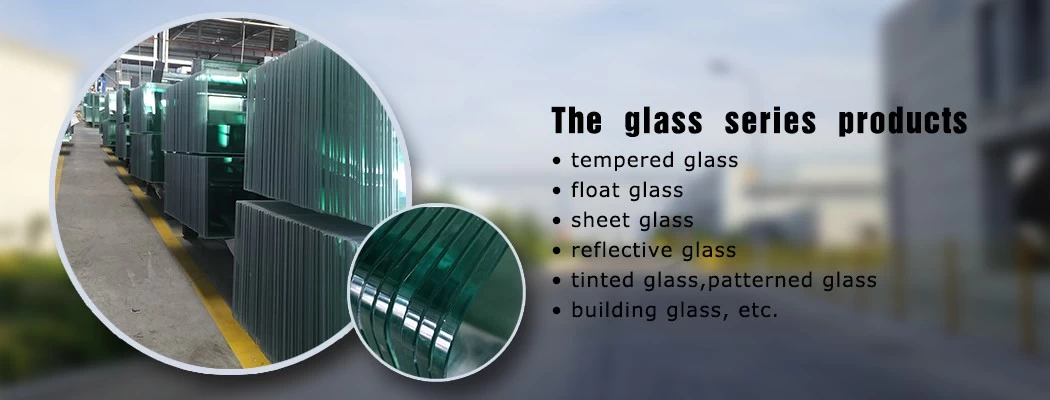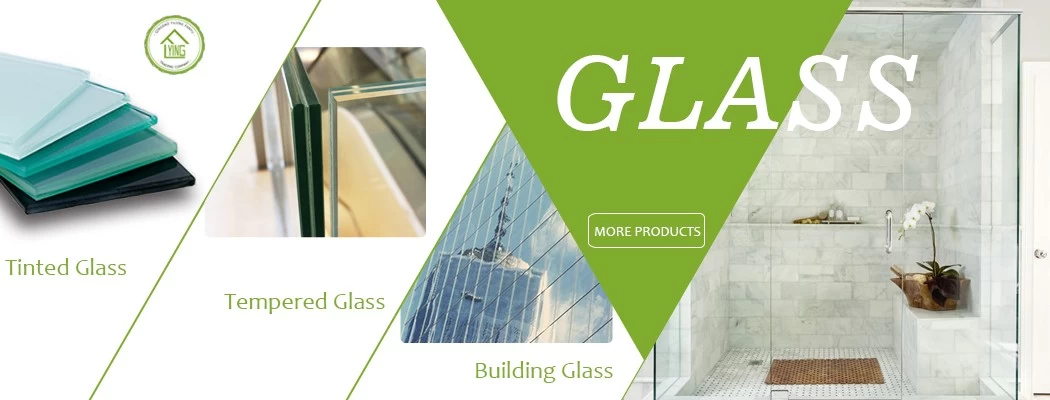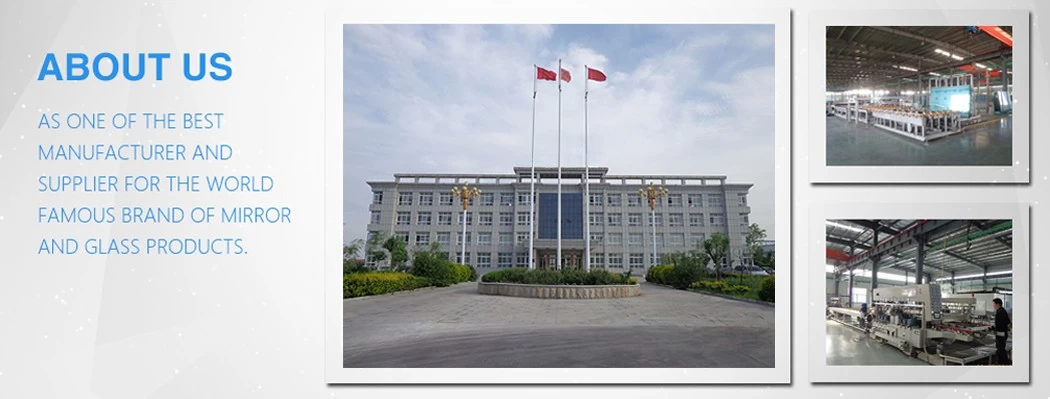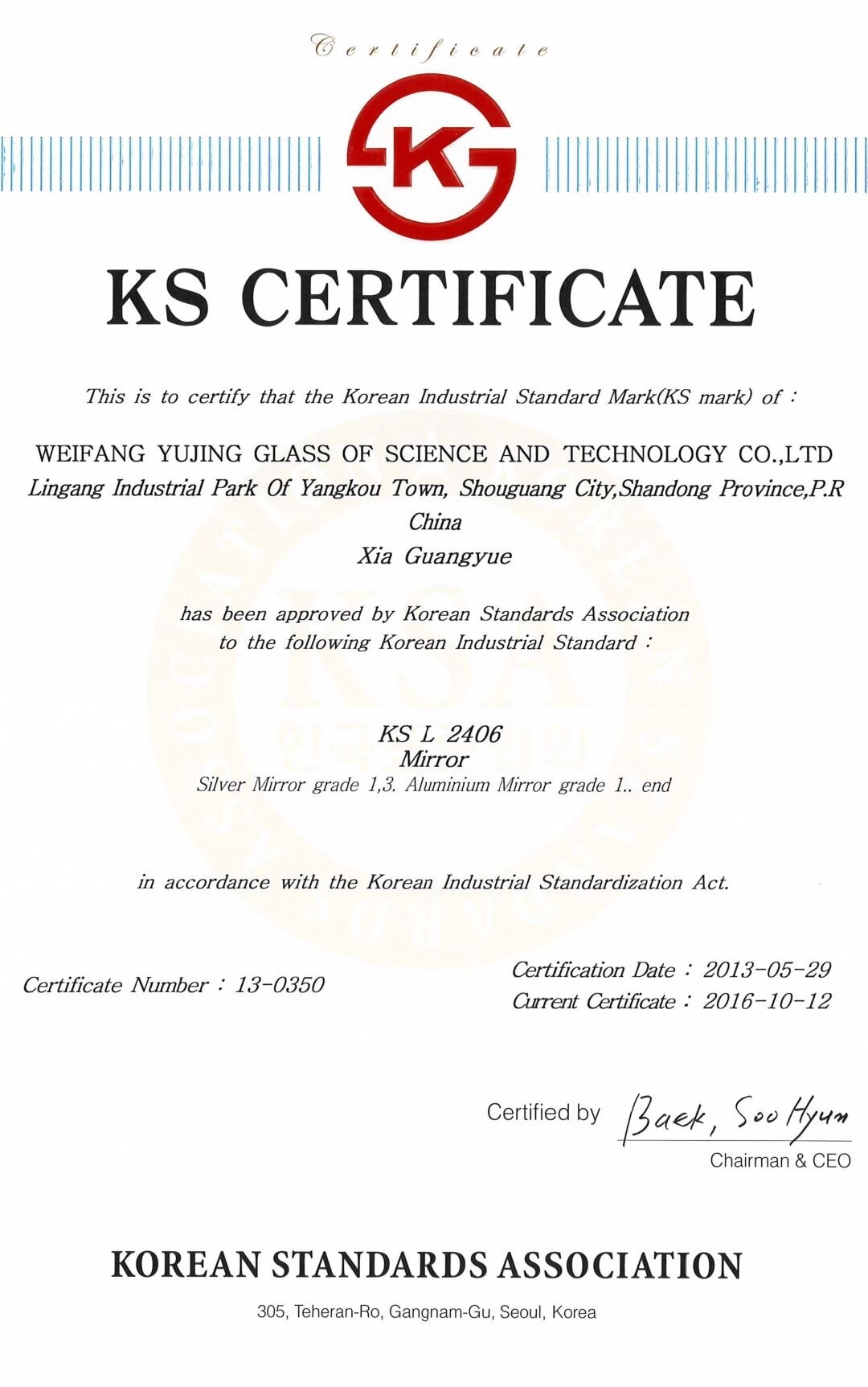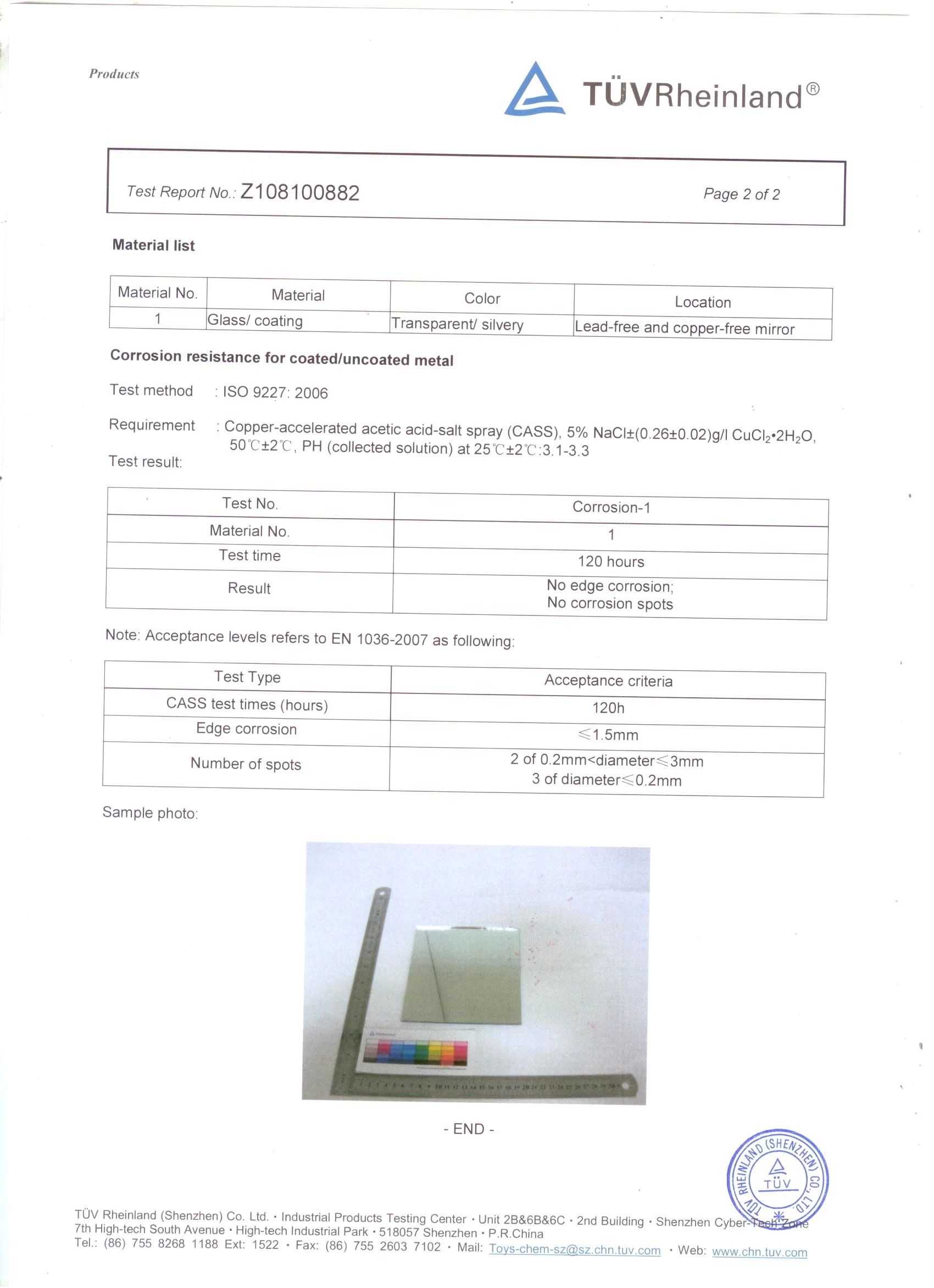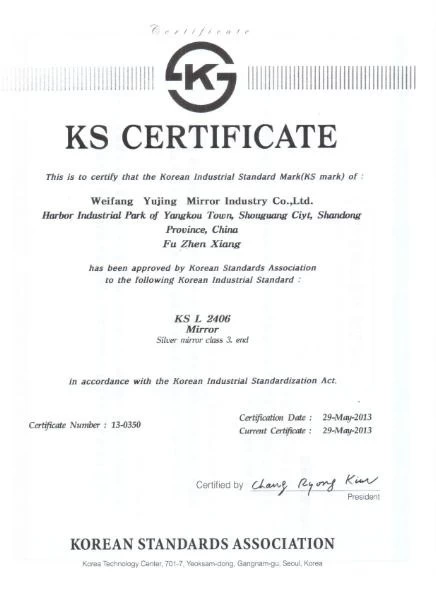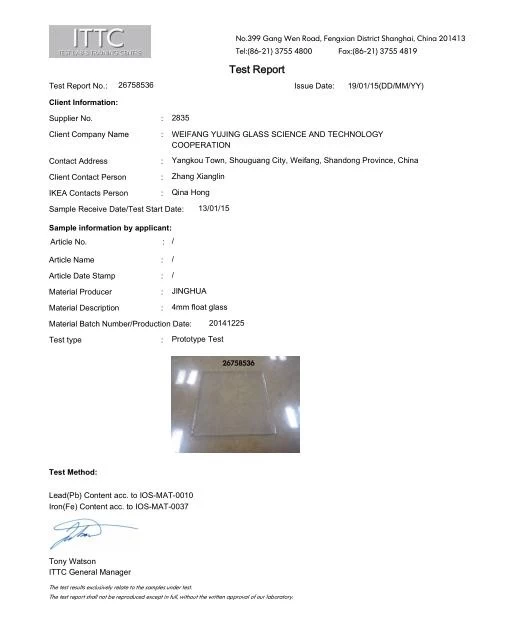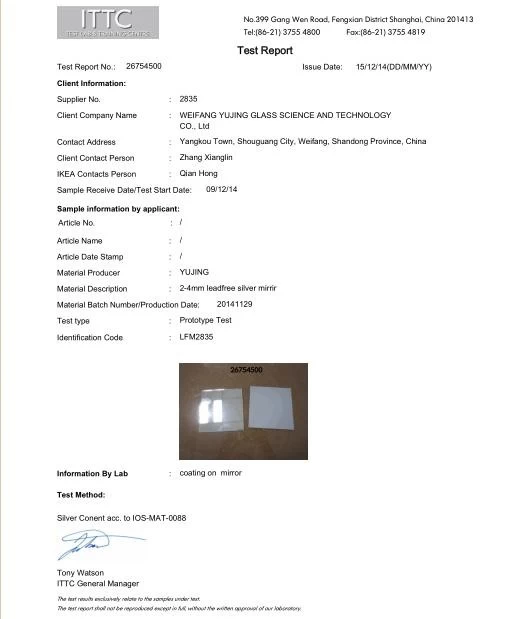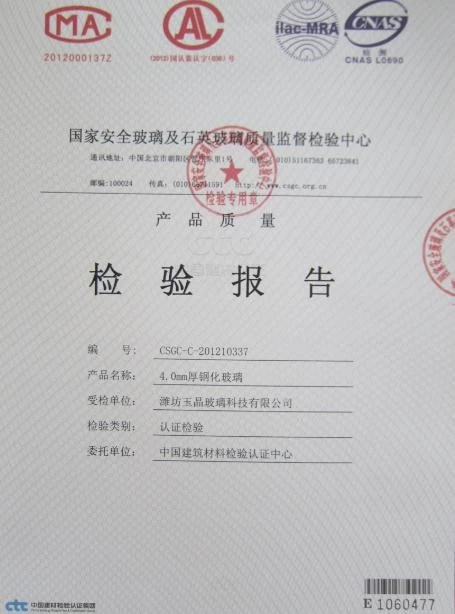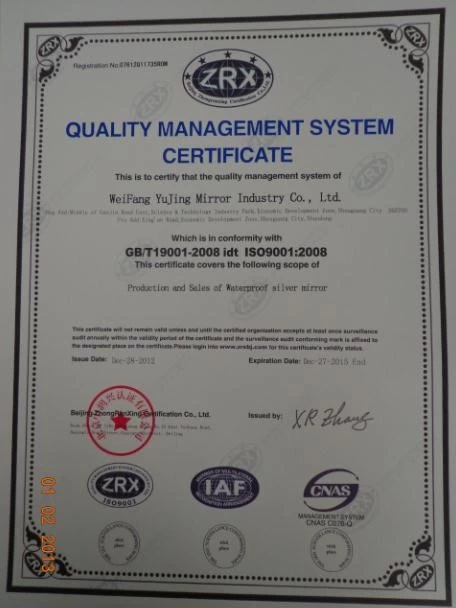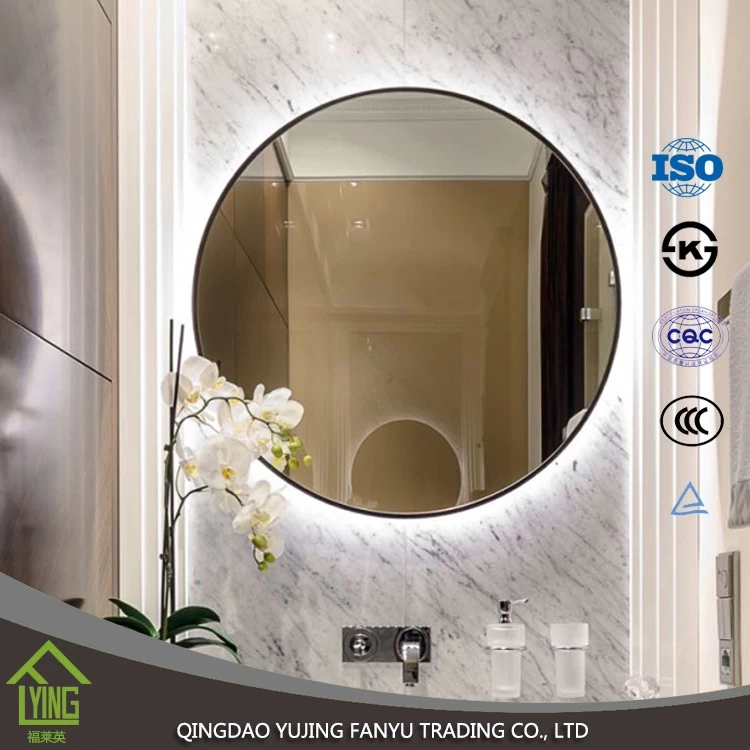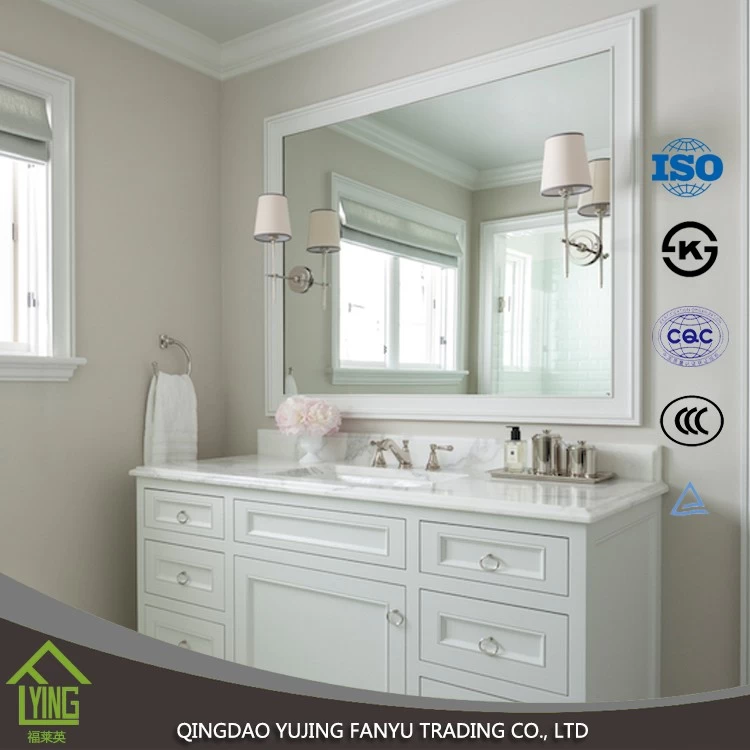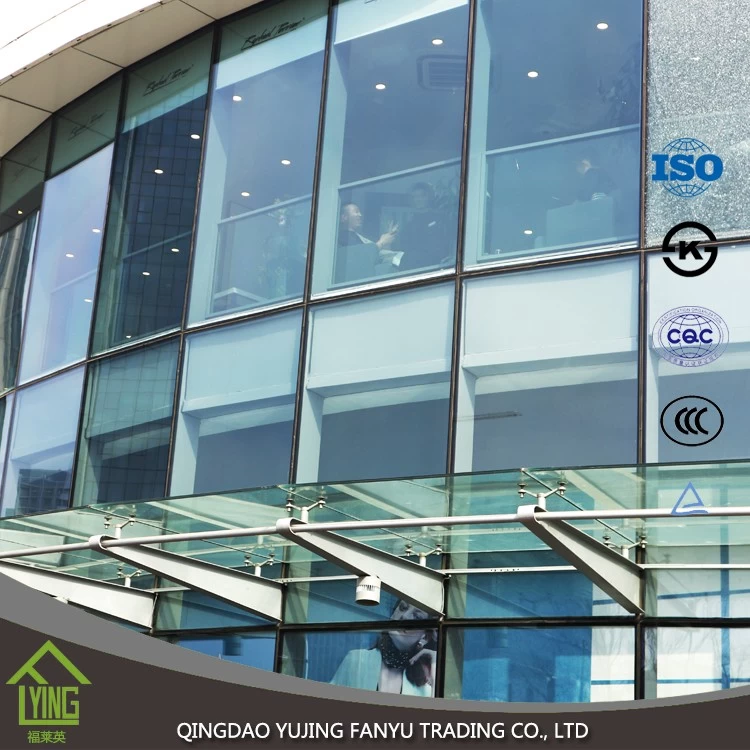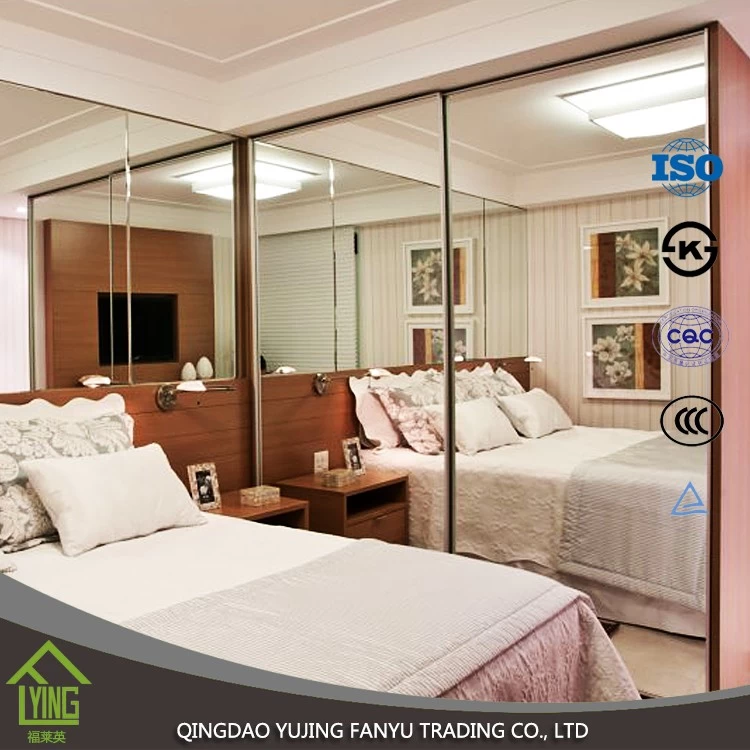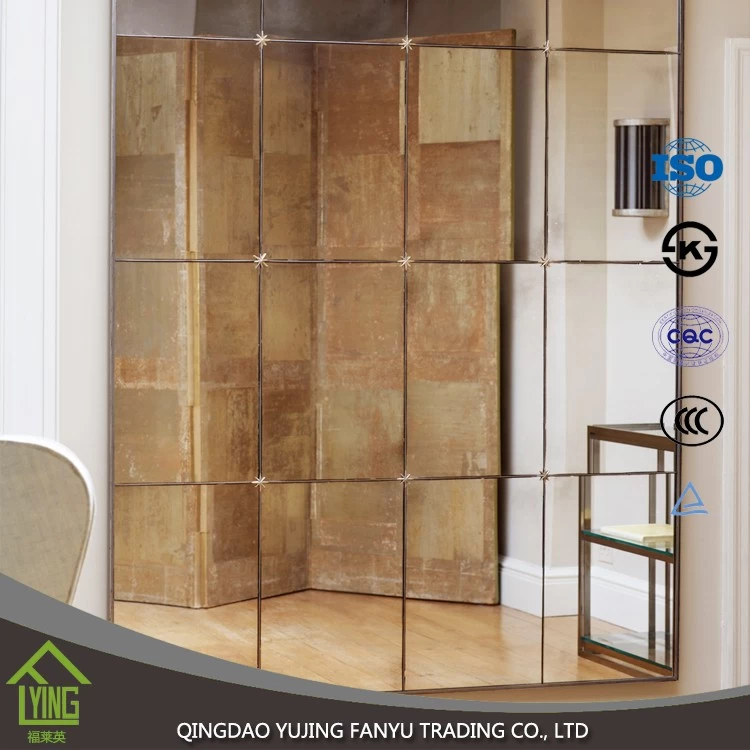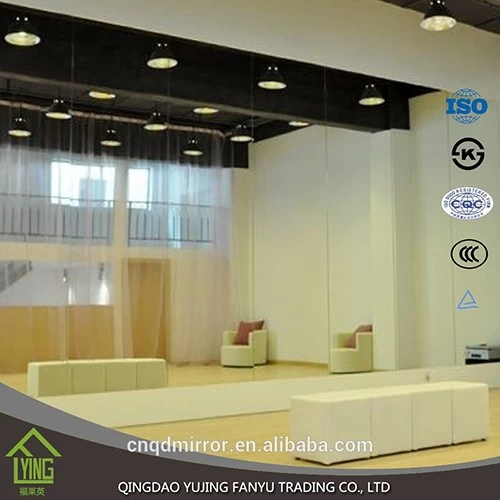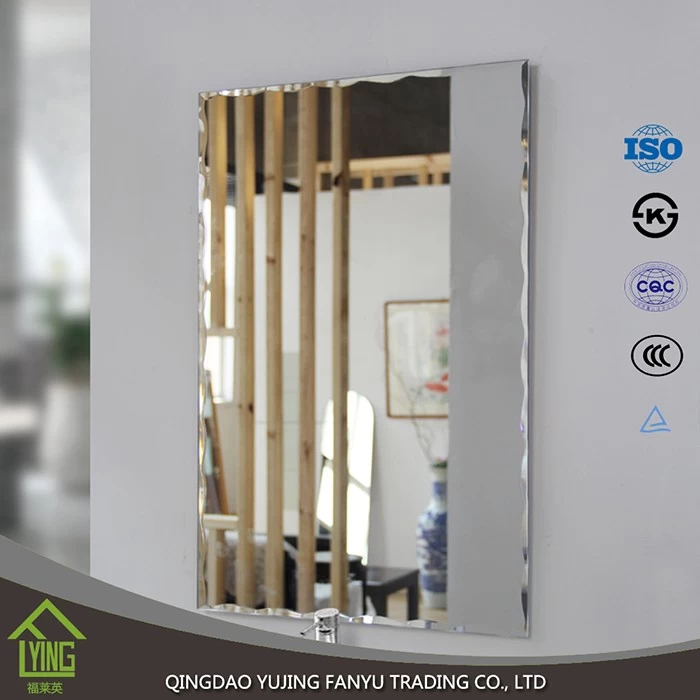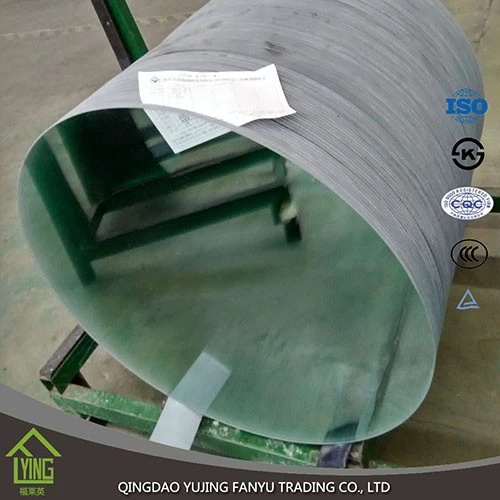What is Mirror?
The most familiar type of mirror is the plane mirror, which has a flat screen surface. Curved mirrors are also used, to produce magnified or diminished images or focus light or simply distort the reflected image.
Mirrors are commonly used for personal grooming or admiring oneself (where they are also called looking-glasses), decoration, and architecture. Mirrors are also used in scientific apparatus such as telescopes and lasers, cameras, and industrial machinery. Most mirrors are designed for visible light; however, mirrors designed for other wavelengths ofelectromagnetic radiation are also used.
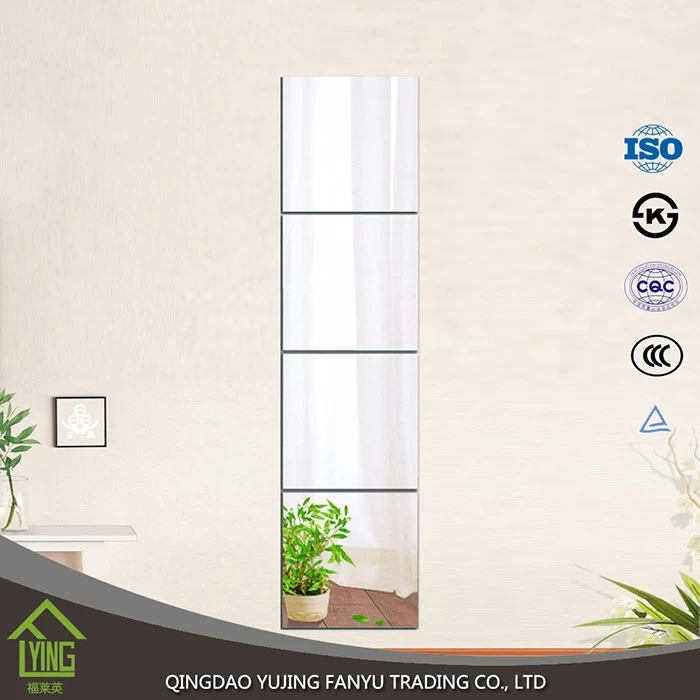
Mirrors are manufactured by applying a reflective coating to a suitable substrate. The most common substrate is glass, due to its transparency, ease of fabrication, rigidity, hardness, and ability to take a smooth finish. The reflective coating is typically applied to the back surface of the glass, so that the reflecting side of the coating is protected from corrosion and accidental damage by the glass on one side and the coating itself and optional paint for further protection on the other.
In classical antiquity, mirrors were made of solid metal (bronze, later silver) and were too expensive for widespread use by common people; they were also prone to corrosion. Due to the low reflectivity of polished metal, these mirrors also gave a darker image than modern ones, making them unsuitable for indoor use with the artificial lighting of the time (candles or lanterns).[citation needed]
The method of making mirrors out of plate glass was invented by 16th-century Venetian glassmakers on the island of Murano, who covered the back of the glass with mercury, obtaining near-perfect and undistorted reflection. For over one hundred years, Venetian mirrors installed in richly decorated frames served as luxury decorations for palaces throughout Europe, but the secret of the mercury process eventually arrived in London and Paris during the 17th century, due to industrial espionage. French workshops succeeded in large-scale industrialization of the process, eventually making mirrors affordable to the masses, although mercury's toxicity remained a problem[citation needed].
In modern times, the mirror substrate is shaped, polished and cleaned, and is then coated. Glass mirrors are most often coated with silver[27] or aluminium, implemented by a series of coatings:[citation needed]
- Tin(II) chloride
- Silver
- Chemical activator
- Copper
- Paint
The tin(II) chloride is applied because silver will not bond with the glass. The activator causes the tin/silver to harden. Copper is added for long-term durability.[28] The paint protects the coating on the back of the mirror from scratches and other accidental damage.[citation needed]
In some applications, generally those that are cost-sensitive or that require great durability, mirrors are made from a single, bulk material such as polished metal.[citation needed] For technical applications such as laser mirrors, the reflective coating is typically applied by vacuum deposition on the front surface of the substrate. This eliminates refraction and double reflections (a weak reflection from the surface of the glass, and a stronger one from the reflecting metal) and reduces absorption of light by the mirror. Technical mirrors may use a silver, aluminium, or gold coating (the latter typically for infrared mirrors), and achieve reflectivities of 90–95% when new. A protective transparent overcoat may be applied to prevent oxidation of the reflective layer. Applications requiring higher reflectivity or greater durability, where wide bandwidth is not essential, use dielectric coatings, which can achieve reflectivities as high as 99.999% over a narrow range of wavelengths.
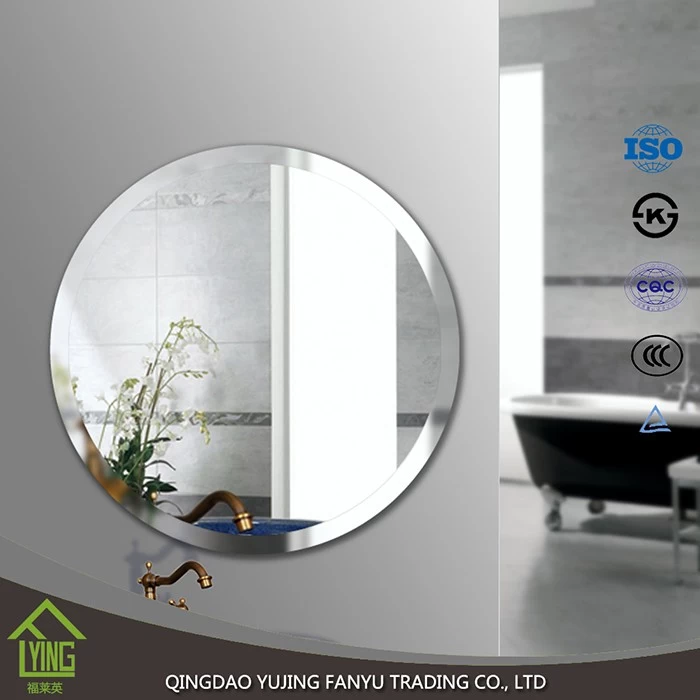
Applications:
Mirrors are commonly used as aids to personal grooming. They may range from small sizes, good to carry with oneself, to full body sized; they may be handheld, mobile, fixed or adjustable. A classic example of the latter is the cheval glass, which may be tilted. With the sun as light source, a mirror can be used to signal by variations in the orientation of the mirror. The signal can be used over long distances, possibly up to 60 kilometres on a clear day. This technique was used by Native American tribes and numerous militaries to transmit information between distant outposts. Mirrors can also be used for search to attract the attention of search and rescue helicopters. Specialized signalling mirrors are available and are often included in military survival kits.Personal grooming
Safety and easier viewing
One-way mirrors and windows
Signalling
